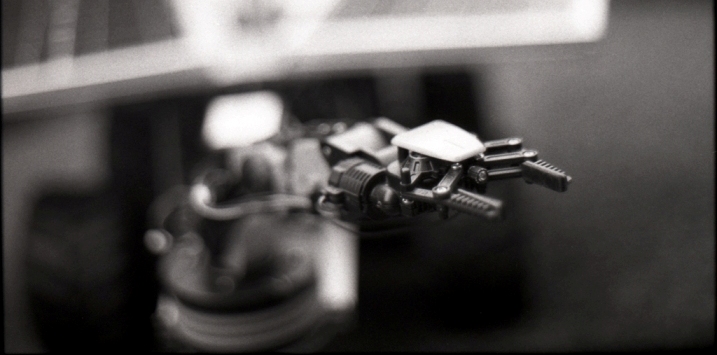Robotic muscles have the ability to twist and are 1000 times stronger than human muscles.
What has thus far been nothing more than a plot in a science fiction story might be one step closer to becoming reality in the next few years, or in the very least, the foundation for it may be in place. A super-robot, with physical qualities far superior to those of humans, specifically in terms of strength, is one of the fantastic ideas that comes to mind when you hear about the research that is being done at the United States Department of Energy’s Lawrence Berkeley National Laboratory. Scientists at this centre have used an innovative new material that could be used to provide amazing properties to an artificial muscle structure. The key lies in vanadium dioxide, a compound that had already been discovered by the electronics industry, but that is being used for new applications now. Thanks to its properties, the robotic assembly can change the shape of its structure depending on the temperature that is applied to it.
This gives the robotic muscles the ability to twist, in addition to changing size, to adapt to the work that needs to be done. With these characteristics, researchers calculate that an artificial musculature of this type may be able to generate 1000 times more force than the equivalent human muscles.
The robotic muscles can lift objects 50 times their weight and five times their length, all at a speed of just 60 milliseconds. Vanadium dioxide acts as an insulator at low temperatures and a conductor at high temperatures. It is precisely this property that allows it to generate force that is far greater than its apparent capacity.
When the vanadium dioxide heats up, it contracts in one dimension, but at the same time, expands in the other two, significantly transforming its structure. So far these robotic muscles have only been designed on a small scale, but the scientists who are participating in the project are confident that the knowledge will be able to be used to build more complex mechanisms and even simulate a neuro-muscular system.
These types of advances open many doors to robotics, which is constrained by the physical limitations of the materials with which the scientists have to work. A study at the National University of Singapore is moving in the same direction and has managed to develop a method for building robotic muscles capable of lifting 80 times their own weight.
Image: [TheAsarya]









